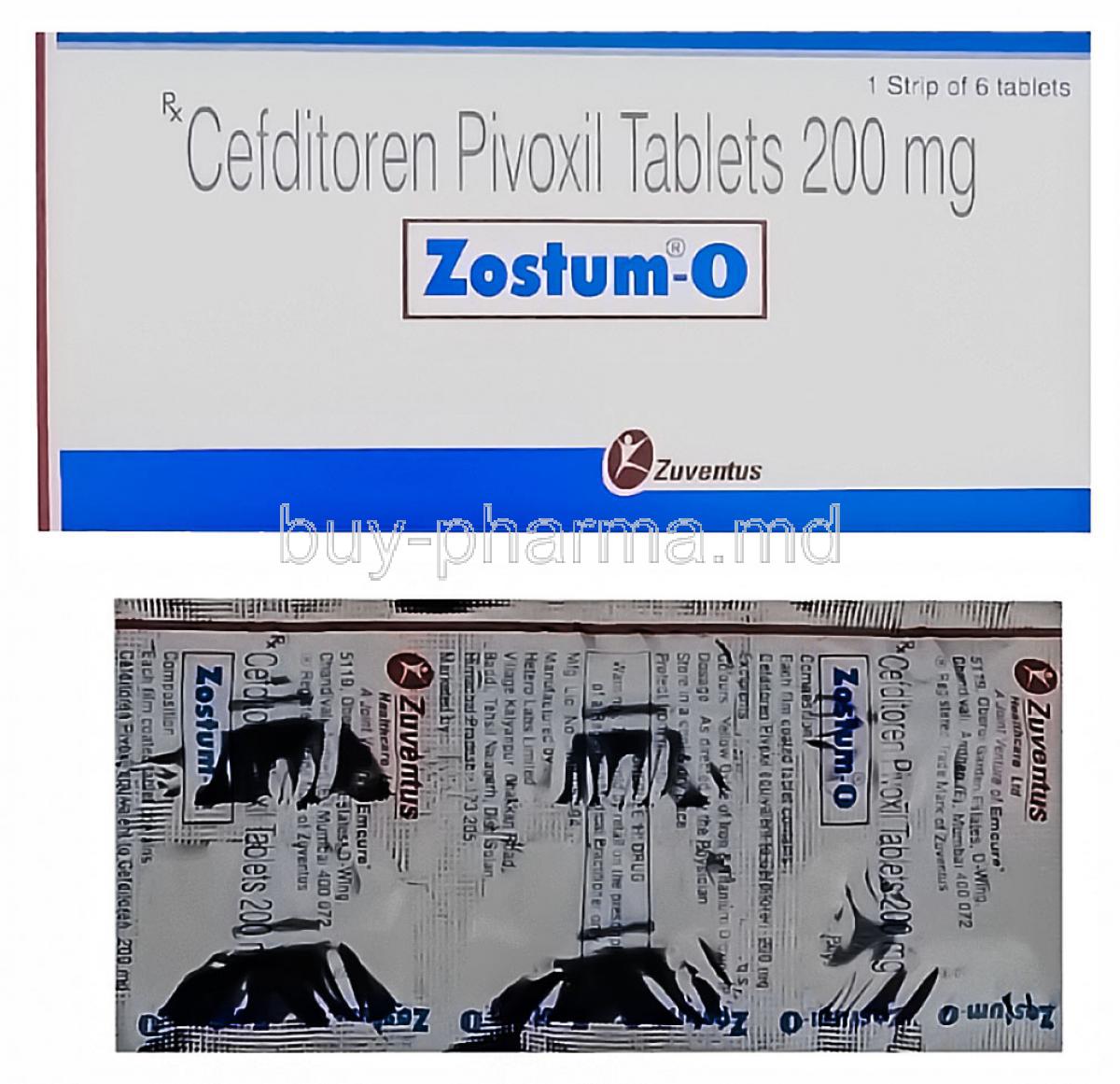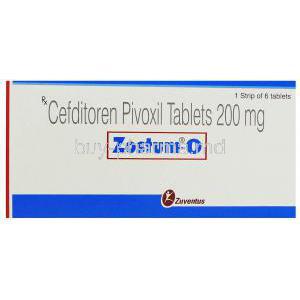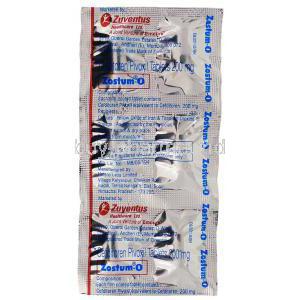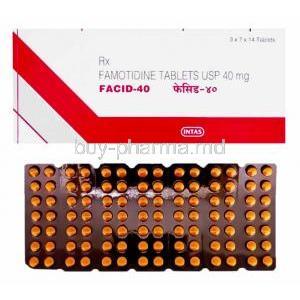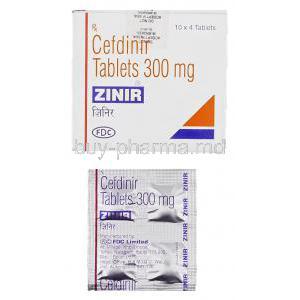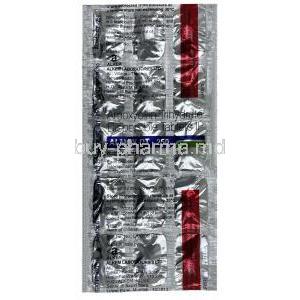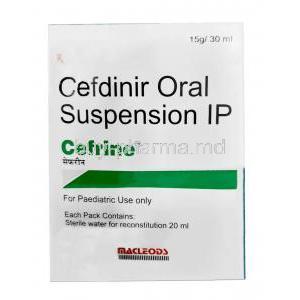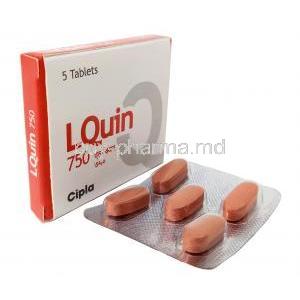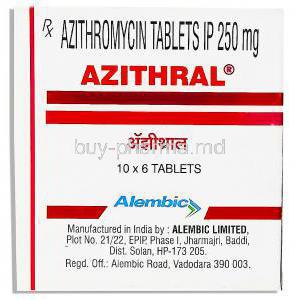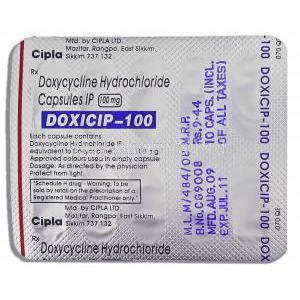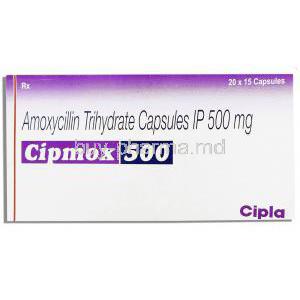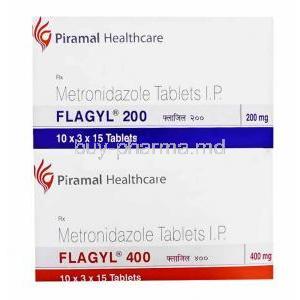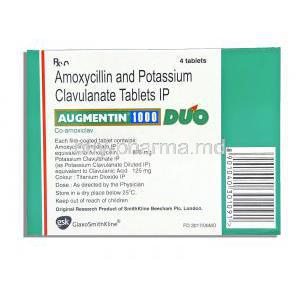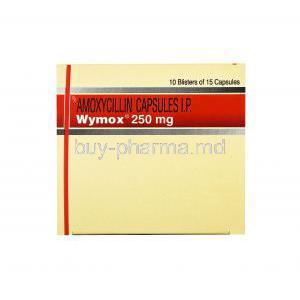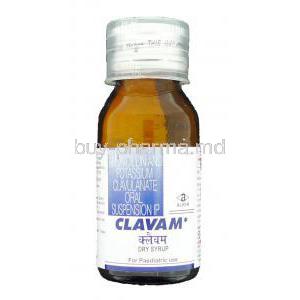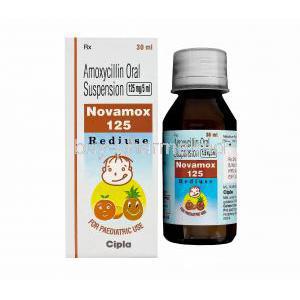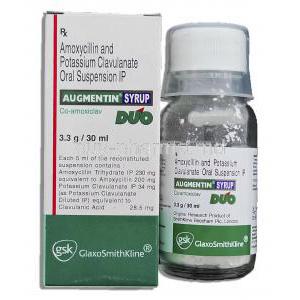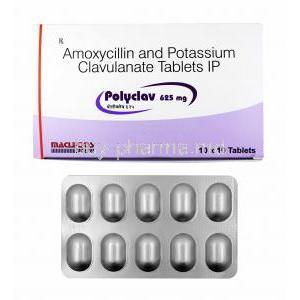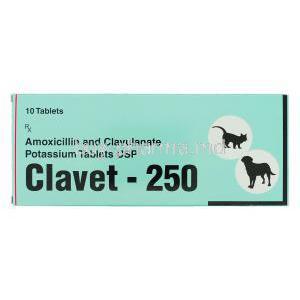Introduction to Zostum O (Cefditoren Pivoxil Tablet)
Zostum O is a prescription antibiotic containing cefditoren pivoxil, a third-generation oral cephalosporin. This class of beta-lactam antibiotics is valued for its broad-spectrum activity and enhanced stability against certain bacterial enzymes. Developed to improve the oral bioavailability of cefditoren, the pivoxil ester formulation ensures effective absorption through the gastrointestinal tract. In contemporary medical practice, Zostum O is recognized as a vital agent for treating a variety of community-acquired bacterial infections where resistance to older agents is a concern.
Composition and Formulation Details
The active pharmaceutical ingredient in Zostum O is cefditoren pivoxil, a prodrug that is hydrolyzed in the body to release the active cefditoren. Its molecular structure is designed to resist degradation by many beta-lactamases, thereby extending its antibacterial spectrum. Zostum O tablets are available in multiple strengths to accommodate different dosing regimens, most commonly 200 mg and 400 mg formulations. Inactive excipients may include microcrystalline cellulose, magnesium stearate, and film-coating agents, which enhance tablet stability, appearance, and swallowability.
Mechanism of Action – How Zostum O Works
Cefditoren pivoxil functions by inhibiting bacterial cell wall synthesis. It binds to penicillin-binding proteins (PBPs), enzymes critical for peptidoglycan cross-linking, which is essential to maintain bacterial cell wall integrity. This disruption leads to cell lysis and bacterial death. The drug exhibits activity against a wide range of Gram-positive organisms, such as Streptococcus pneumoniae and Streptococcus pyogenes, as well as Gram-negative pathogens like Haemophilus influenzae and Moraxella catarrhalis. While it is resistant to several beta-lactamases, overuse can foster resistance through PBPs alteration or efflux mechanisms.
Approved Therapeutic Uses
- Acute bacterial exacerbations of chronic bronchitis – particularly in patients with underlying pulmonary disease.
- Community-acquired pneumonia – effective against typical and select atypical pathogens.
- Pharyngitis and tonsillitis – especially when caused by Streptococcus pyogenes.
- Uncomplicated skin and skin structure infections – targeting pathogens such as Staphylococcus aureus and Streptococcus pyogenes.
Off-Label and Extended Uses
While not universally approved for these indications, cefditoren pivoxil has been considered for:
- Sinusitis management – where pathogen susceptibility is confirmed.
- Otitis media – particularly in cases resistant to first-line agents, in both adult and pediatric patients.
- Mixed bacterial infections – where culture and sensitivity tests indicate susceptibility.
- Prophylactic use – in select high-risk patients undergoing procedures with significant infection risk.
Dosage and Administration Guidelines
For adults, the typical dosage depends on the infection type:
- Acute exacerbation of chronic bronchitis: 400 mg every 12 hours.
- Community-acquired pneumonia: 400 mg every 12 hours.
- Pharyngitis/Tonsillitis: 200 mg every 12 hours.
In pediatrics, dosing is weight-based, with adjustments for renal or hepatic impairment to avoid drug accumulation. Administration with food is recommended to enhance absorption. The duration of therapy ranges from 5 to 14 days, depending on infection severity and clinical response.
Side Effects and Adverse Reactions
7.1 Common Side Effects
- Gastrointestinal issues: diarrhea, nausea, abdominal discomfort.
- Headache, dizziness, or mild rash.
- Transient laboratory abnormalities such as elevated liver enzymes.
7.2 Serious and Rare Adverse Effects
- Severe hypersensitivity reactions including anaphylaxis.
- Clostridioides difficile-associated diarrhea, potentially life-threatening.
- Hematologic abnormalities: leukopenia, thrombocytopenia.
- Severe skin reactions: Stevens-Johnson syndrome, toxic epidermal necrolysis.
Drug Interactions
- Probenecid – significantly increases plasma levels of cefditoren by reducing renal excretion.
- Antacids and H2 blockers – reduce gastric acidity and may lower drug absorption.
- Anticoagulants – possible alteration in INR values; monitoring is advised.
- Concurrent use with nephrotoxic agents requires renal function monitoring.
Warnings and Safety Precautions
- Beta-lactam allergy risk – contraindicated in patients with severe hypersensitivity to cephalosporins or penicillins.
- Potential for antibiotic-associated colitis – monitor for persistent diarrhea.
- Prolonged use may lead to overgrowth of non-susceptible organisms, including fungi.
- Exercise caution in patients with carnitine deficiency or metabolic disorders affecting carnitine metabolism.
Contraindications
Zostum O (Cefditoren Pivoxil) is contraindicated in specific patient populations due to potential for serious adverse outcomes. These include:
- Known hypersensitivity to cefditoren, other cephalosporins, or any beta-lactam antibiotic, where even minimal exposure can precipitate severe allergic reactions.
- History of severe carnitine deficiency, as cefditoren pivoxil can further reduce systemic carnitine levels and potentially impair fatty acid metabolism.
- Previous severe allergic reaction to penicillins, given the possibility of cross-reactivity between beta-lactam classes.
Careful Administration and Important Precautions
Prudent use of Zostum O involves thorough clinical assessment and ongoing monitoring. Key precautions include:
- Renal function monitoring during prolonged therapy to prevent accumulation and toxicity, particularly in patients with pre-existing renal compromise.
- Exercise caution in those with a history of gastrointestinal disorders, especially colitis, as antibiotics can disrupt intestinal microbiota and provoke recurrence.
- Avoid unnecessary use to reduce the emergence of antibiotic-resistant strains, thereby preserving efficacy for future clinical needs.
Special Population Use
12.1 Administration to Elderly Patients
Elderly individuals may experience altered pharmacokinetics due to age-related physiological changes. Dosage adjustments may be necessary to account for reduced renal clearance. Additionally, vigilance is warranted for drug–drug interactions arising from polypharmacy, and for early detection of adverse events such as gastrointestinal upset or hypersensitivity.
12.2 Administration to Pregnant Women
Cefditoren pivoxil is classified within a pregnancy risk category that necessitates careful benefit–risk evaluation. Animal reproduction studies may not always predict human response; therefore, it should be used during pregnancy only if the potential therapeutic benefit justifies potential fetal risks. Infections during pregnancy require prompt management, yet maternal and fetal safety must remain paramount.
12.3 Administration to Nursing Mothers
The active compound is excreted in breast milk in small amounts, potentially exposing the nursing infant. Although clinically significant effects are rare, caution is advised. Depending on the infection severity and available alternatives, temporary cessation of breastfeeding or close monitoring of the infant for gastrointestinal disturbances may be recommended during maternal therapy.
12.4 Administration to Children
Zostum O is approved for use in specific pediatric age groups, with dosing carefully calibrated to body weight and clinical indication. Safety and efficacy data in very young children are limited, and use in this population should be guided by pediatric infectious disease protocols. Adherence to prescribed dosing intervals is critical to maintaining therapeutic plasma levels.
Overdose Management
An overdose of cefditoren may manifest with pronounced gastrointestinal symptoms such as nausea, vomiting, and diarrhea, along with possible central nervous system effects like seizures in severe cases. Management focuses on:
- Supportive care to stabilize vital signs and relieve symptoms.
- Gastric decontamination, including activated charcoal, if ingestion is recent and clinically appropriate.
- Hemodialysis may be considered in cases of significant renal impairment to enhance drug clearance, though its utility in overdose is limited due to moderate protein binding.
Storage and Handling Precautions
To maintain potency and stability, Zostum O tablets should be stored at controlled room temperature, typically between 20°C and 25°C (68°F to 77°F). Protect from excessive moisture and direct light by keeping the medication in its original blister packaging until administration. Expired or unused tablets should be disposed of responsibly, avoiding contamination of water systems or household waste.
Patient Education and Key Counseling Points
Patients prescribed Zostum O should be counseled on several critical points:
- Complete the full course as prescribed, even if symptoms improve, to ensure full eradication of the infection and prevent recurrence.
- Report any signs of allergic reaction, such as rash, itching, facial swelling, or breathing difficulties, immediately to a healthcare provider.
- Avoid alcohol during therapy, as it may exacerbate gastrointestinal irritation and interfere with recovery.
- In the event of a missed dose, take it as soon as remembered unless it is near the time of the next dose; do not double up to compensate for a missed dose.
Zostum O, Cefditoren Pivoxil Tablet FAQ
- What is the use of cefditoren pivoxil tablets?
- Is zostum o an antibiotic?
- Is zostum-o good for pneumonia?
- What are the side effects of Zostum Tablet?
- Is Zostum a steroid?
- Can you drink alcohol with Cefditoren?
- What is the composition of tablet Zostum O?
- Is cefditoren a strong antibiotic?
- What are the benefits of Zostum?
- Is cefditoren penicillin?
- What are the contraindications for Zostum?
- Is cefditoren pivoxil safe while pregnant?
What is the use of cefditoren pivoxil tablets?
Cefditoren is basically an antibiotic that fights off infections. It does this by either killing the bacteria or stopping them from growing in the place.
Is zostum o an antibiotic?
The Zostum O 200mg Tablet is basically an antibiotic used to tackle various kinds of infections. It works well for infections of the respiratory tract (eg, pneumonia), urinary tract, ear, nasal sinus, throat, and some sexually transmitted diseases.
Is zostum-o good for pneumonia?
Yes
What are the side effects of Zostum Tablet?
Nausea, Diarrhea, Skin rash, Vomiting, Urticaria, Itching, Hemolytic anemia, Colitis, Stevens-Johnson syndrome, Toxic epidermal necrolysis, Crystals in urine, Agranulocytosis (deficiency of granulocytes in the blood), Increased liver enzymes,
Is Zostum a steroid?
No
Can you drink alcohol with Cefditoren?
No
What is the composition of tablet Zostum O?
Zostum-O contains cefditoren pivoxil
Is cefditoren a strong antibiotic?
Yes, because of its high affinity for penicillin binding protein 2X,
What are the benefits of Zostum?
Sulbactam is pretty good at weakening bacteria's defenses, which makes Cefoperazone a lot more effective at fighting them off. When used together, they make a team against bacterial infections.
Is cefditoren penicillin?
Cefditoren is basically a type of antibiotic that kills bacteria. It works by stopping the bacteria from building their cell walls, which is pretty crucial for their survival. This happens because cefditoren binds to proteins, in the bacteria called penicillin binding proteins. That's what prevents them from making their cell walls properly.
What are the contraindications for Zostum?
This medicine isn't suitable if you have kidney problems, a history of colitis, or certain stomach issues
Is cefditoren pivoxil safe while pregnant?
No

